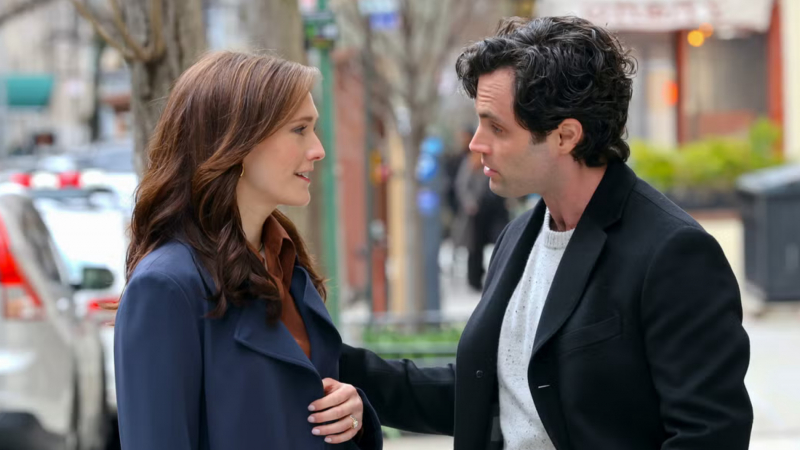In recent days, cinemas across China have witnessed an "unprecedented" scene: audiences lining up day and night, from early morning screenings to 3 a.m. screenings are still "sold out". Some cinemas even had to add more screenings to meet the huge demand of the audience.
Released on the occasion of Lunar New Year, the golden time of Chinese cinema, "Na Tra: Ma Dong Noi Hai" is like a "breath of fresh air", blowing into the film market a fresh and surprising "wind". The film not only "captivates" the audience with its engaging plot, beautiful images, impressive effects but also conquers the hearts of viewers with meaningful messages about friendship, courage and overcoming oneself.
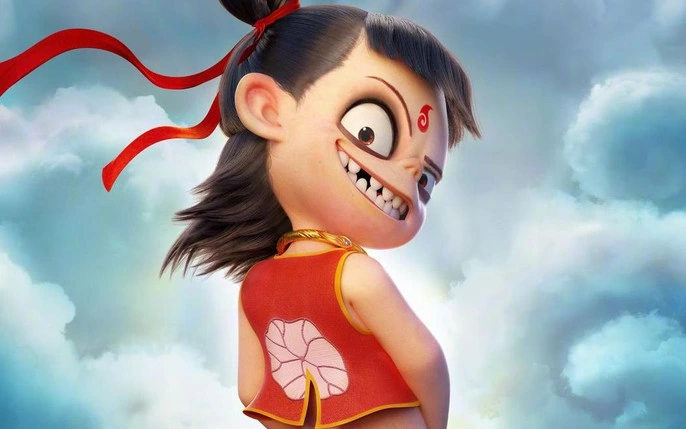
Released on the occasion of Lunar New Year, without any strong competitors blocking its way, Na Tra: Ma Dong made a stir like a dark horse at the box office, breaking all records.
"Na Tra: Ma Dong Noi Hai" - this strange yet familiar name has become a "phenomenon" at the Chinese box office, an "earthquake" on the big screen right during the Lunar New Year 2025. Released on the first day of the Lunar New Year (January 29), the animated film directed by Sui Cao quickly "made waves" at the box office, earning a "huge" revenue of 3.4 billion yuan (472 million USD) after only a few days of release, leading the global box office revenue last week, according to National Business Daily.
This number is not only impressive but also historic, as "Na Tra: Ma Dong Noi Hai" has set 16 records in the history of Chinese cinema. From the record for box office revenue on the first day of release, the highest box office revenue for an animated film, to the record for the number of audiences going to the cinema... all were "overthrown" by "Na Tra: Ma Dong Noi Hai".
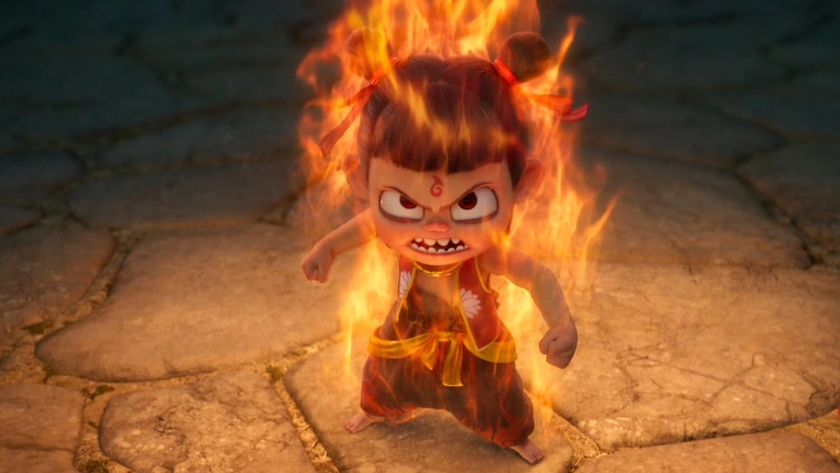
This is the first time in the history of Chinese New Year box office that a movie has created such a strong breakthrough.
The appeal of "Na Tra: Ma Dong Noi Hai" does not stop there. Many market research sites even predict that the film will become the first Chinese film to reach a revenue of 1 billion USD. This is a "huge" milestone that not every film can achieve, and it shows how "Na Tra: Ma Dong Noi Hai" is "dominating" the box office.
The appeal of "Na Zha: The Uprising of the Sea" is not limited to China. The film is expected to be released in many countries around the world, including the US, Canada, Singapore, Malaysia, Vietnam, Thailand, Japan and South Korea. This shows that "Na Zha: The Uprising of the Sea" is not only an animated film imbued with the spirit of Chinese culture but also a work of art with global influence, able to conquer the hearts of audiences of all ages and all countries.
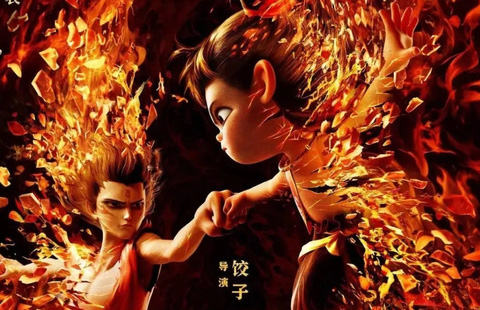
Not only outstanding in terms of revenue or box office occupancy rate, on Douban page, Na Tra: Ma Dong Noi Hai received a score of 8.6 points with many compliments from the audience.
By the end of February 2, box office revenue during the Chinese New Year holiday had reached more than 9 billion yuan (more than 1.2 billion USD), a "huge" number that far surpassed the North American market and led the world. This is a proud achievement for Chinese cinema, affirming China's position on the world cinema map.

The film returns with part 2 later this year with careful investment in content and images.
Tens of thousands of people commented that the film was better than expected, beyond what they had imagined about the legend of Na Tra causing chaos in the ocean. On online forums and social networks, the praise for the film was endless. The Ber account received more than 12,000 likes when sharing his feelings about the film: "The myth is retold in a way that is suitable for the times. Part one is about overcoming fate, part two is about breaking rules and prejudices. Good and evil are not related to race. Than Cong Bao has his loyalty and steadfastness, the gods also have their own selfishness. Going beyond the old rules, we will discover the truth. On the surface, the film is about Ma Dong causing chaos in the ocean, but hidden deep inside are the problems of the times."
“Na Tra 2” not only met the audience’s expectations, but also had a quality that far exceeded expectations. “The effects in the film, from the transformation to the fighting scenes, were meticulously and perfectly executed. Each scene was carefully taken care of by the crew, especially the breathtaking battles that left the audience stunned and overwhelmed” - commented 163.
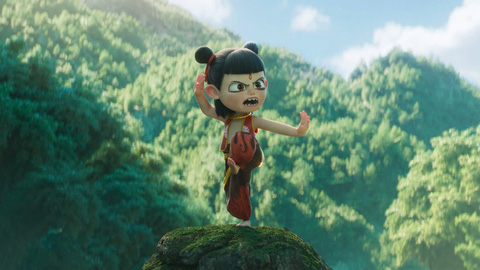
Na Tra 2 not only met the audience's expectations, but also had quality that far exceeded expectations.
Continuing the content of the previous part, Na Tra 2 revolves around Na Tra and Ngao Binh - the son of Dong Hai Long Vuong - after the disaster. Although their souls are still intact, their bodies are at risk of disappearing. Thai At Chan Nhan decides to use the magical lotus flower to unite the souls and bodies of both. However, his plan is blocked by the forces of the gods, making everything more difficult.
Originally a children's animated film, although it tells the story of Chinese mythological characters and intense battles, Na Tra 2 still cleverly combines comedy and action. The film continues to promote the cheerful, engaging spirit of the first part with familiar, humorous situations that easily conquer audiences of all ages. Humorous moments such as the scene where Na Tra and Tai Yeu "reform" Ngao Binh's appearance easily make viewers laugh with delight.
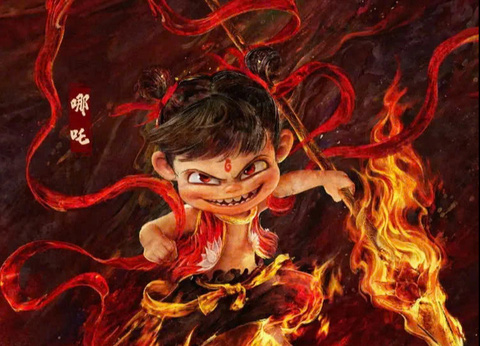
Every scene was carefully filmed by the crew, especially the breathtaking matches that left viewers stunned and overwhelmed.
Not only scoring points for its humor, Chinese media commented that Na Tra 2 is both timely and has profound messages about life. For example, the character Than Cong Bao with his ideal of wanting to overcome fate, helps us reflect on the journey to find the meaning of life and conquer ourselves.
Part one, Nezha: The Demon Boy Comes to the World, released in the summer of 2019, was also successful, grossing 5 billion yuan ($682 million), ranking fourth in the country's box office history. Both were directed by Sui Cao (born in 1980, real name Yang Yu). Initially, the work was not highly appreciated by investors, dozens of large companies refused to cooperate. The director had to divide the special effects scenes for 20 small and medium-sized companies to handle, then combine them. Part one and part two both took 5 years to make.







